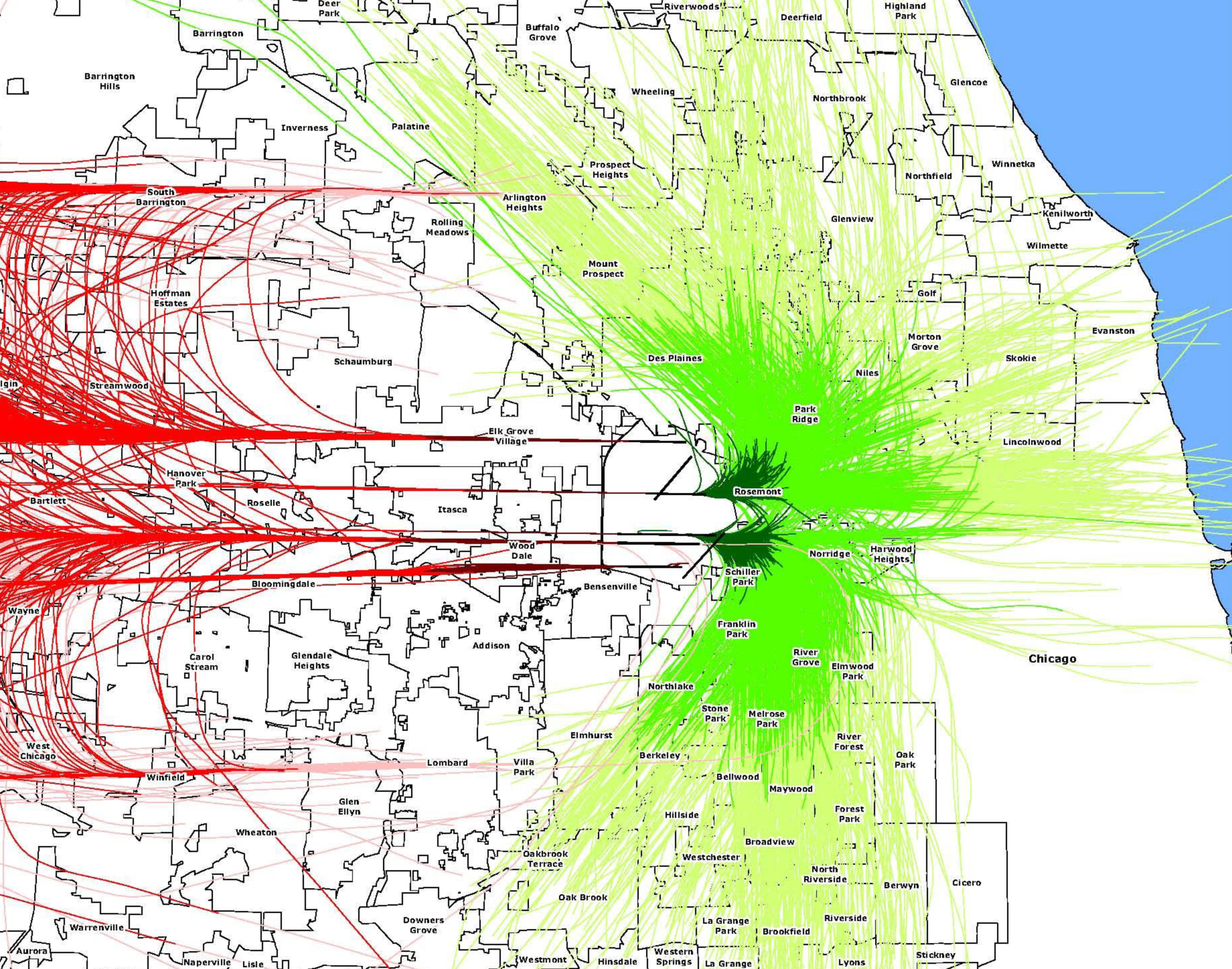Quiet Runway Operations

<templatestyles src="Module:Infobox/styles.css"></templatestyles>
| https://wiki.alsresume.com/images/thumb/f/f1/Quiet_Runway_Operations.png/1526px-Quiet_Runway_Operations.png Graphic of O’Hare Airport flight operations shows air traffic in an east flow, based on wind direction, with arrivals (in red) circling over the Western suburbs making final approaches over Elk Grove Village and Rolling Meadows, and takeoffs (green) departing easterly before turning toward their destinations over most of the Northwest suburbs in the Journal-area. (Chicago Dept. of Aviation graphic). |
Quiet Runway Operations, often referred to as Fly Quiet Programs, are voluntary initiatives that encourage airlines and air traffic controllers to use designated runways and flight paths, and adhere to noise abatement procedures, to minimize aircraft noise impact on surrounding communities, especially during nighttime hours.
Here's a more detailed explanation:
Voluntary Programs:
These programs are not mandatory, but rather rely on cooperation between airlines, airport authorities, and air traffic controllers.
Focus on Noise Reduction:
The primary goal is to reduce aircraft noise exposure to communities near airports, particularly during nighttime hours when noise levels are more disruptive.
Key Elements:
- Preferential Runways: Designated runways are used for takeoffs and landings, often those that direct aircraft over less populated areas or water.
- Noise Abatement Procedures: Pilots are encouraged to use specific procedures during takeoff and landing, such as maintaining a higher altitude for longer periods, reducing engine power, and using reverse thrust sparingly.
- Flight Tracks: Aircraft are directed to follow specific flight paths to minimize noise over residential areas.
Examples:
- O'Hare International Airport (ORD): The Chicago Department of Aviation (CDA) and the O'Hare Noise Compatibility Commission (ONCC) work together to implement a Fly Quiet Program, which includes designated nighttime preferential runways and flight tracks.
- San Francisco International Airport (SFO): SFO has a Nighttime Preferential Runway Use program that aims to maximize flights over water and minimize flights over land and populated areas between 1:00 AM and 6:00 AM.
- Port Authority of New York and New Jersey: The Port Authority developed a Fly Quiet program for John F. Kennedy International Airport (JFK), Newark Liberty International Airport (EWR), and LaGuardia Airport (LGA).
Benefits:
- Reduced Noise Levels: By implementing these programs, airports can significantly reduce noise levels in surrounding communities.
- Improved Community Relations: Reduced noise can lead to better relationships between airports and the communities they serve.
- Enhanced Airport Operations: By using designated runways and flight paths, airports can improve efficiency and reduce congestion.
